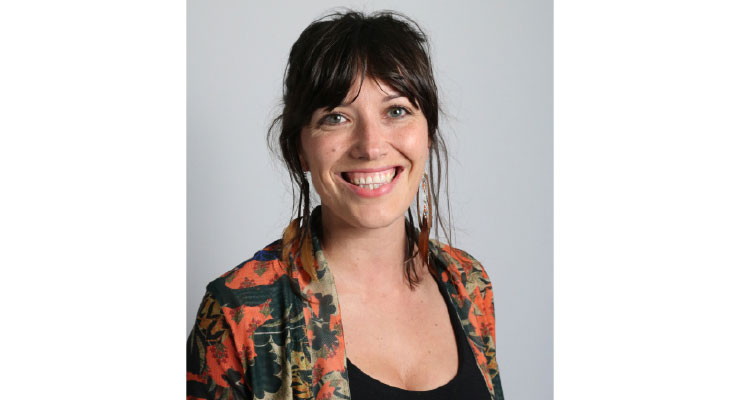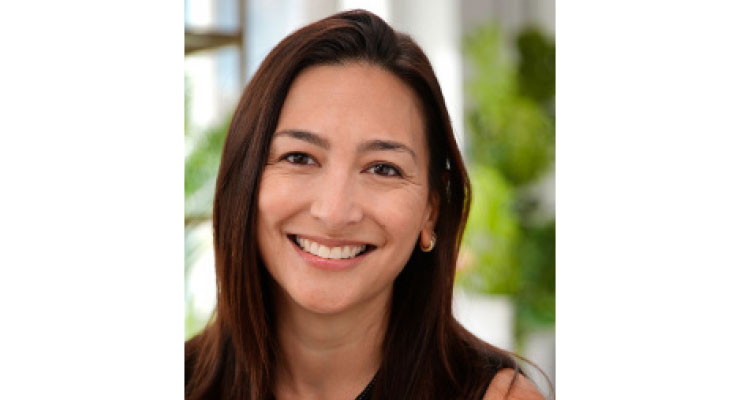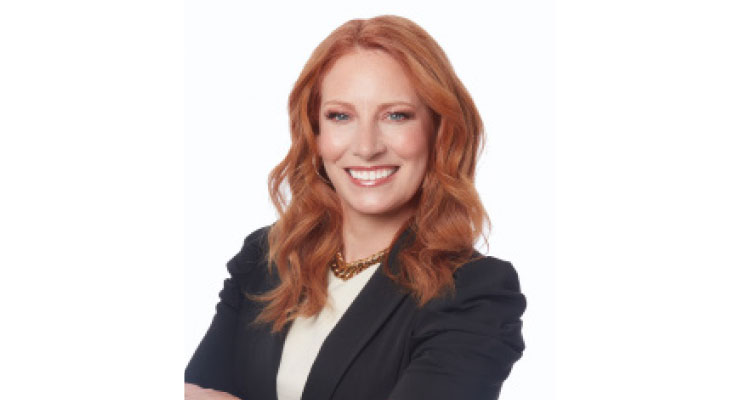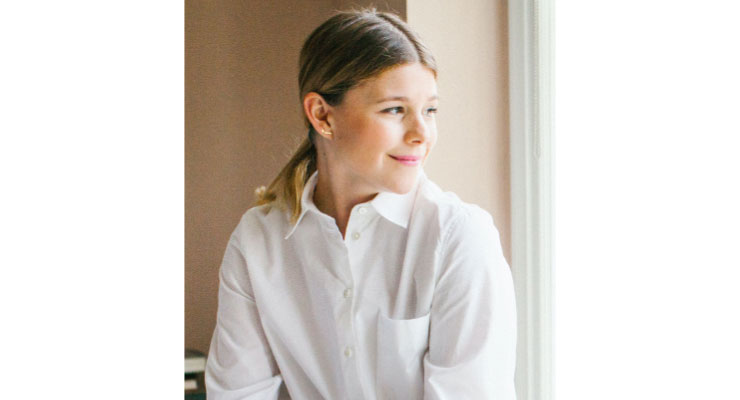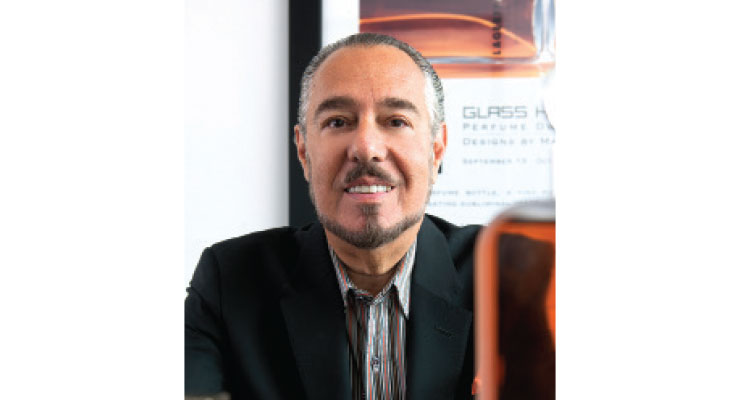According to Statista, the value of the cosmetics market worldwide is expected to reach $758.4 billion by 2025.
As to the Cosmetic Packaging Market, in particular, a report by Verified Market Research, valued the market at $34.98 billion in 2020 and projected it would reach $53.78 billion by 2028, growing at a CAGR of 5.76% from 2021 to 2028.
Brands and suppliers are not the only parties that have a lot to gain with a turnover to sustainable packaging. Nobody can overlook the effect on the Earth and the economy, and the consumer sentiment that lies behind the movement.
Cutting back on solid waste such as single-use plastics has become a governmental financial necessity. According to the United Nations Environment Assembly, “municipal solid waste generation is predicted to grow from 2.3 billion tons in 2023 to 3.8 billion tons by 2050.
In 2020, the global direct cost of waste management was an estimated $252 billion. When factoring in the hidden costs of pollution, poor health and climate change from poor waste disposal practices, the cost rises to $361 billion. Without urgent action on waste management, by 2050 this global annual cost could almost double to a staggering $640.3 billion.”
Response from the cosmetics industry has been swift as innovative suppliers and brands have invested in increased R&D and taken great strides to “sustainable-ize” in just the past few years.
Commenting on the rapid evolution of the industry, Marc Rosen, President, Marc Rosen Associates, tells Beauty Packaging, “The most significant development [in the past few years] has been the remarkable commitment by both the beauty companies and the packaging suppliers to market and create sustainable packaging.”
Further, Rosen says, “It is a credit to the industry that given significant cost increases and the time and effort required to educate their sales forces and consultants, companies are steadfast in their resolve.” (Read more of Rosen’s thoughts on the present and future challenges later in this article.)
Q&A with Beauty Industry Executives
Following are their insightful responses to the following two overarching questions:
2. Looking head, what do you think will be the greatest challenges for cosmetic packaging? The greatest opportunities?
Maria Coronado, Head of Practice Sustainability, Euromonitor
Despite 2023’s economic slowdown impacting growth, 68% of industry professionals emphasize sustainable packaging’s role in combating climate change, with more than half of packaging experts reporting their firms are either pursuing or have already adopted net-zero strategies. This reflects a shift towards packaging that supports the climate agenda, with net-zero targets driving the next wave of sustainable packaging innovation, making solutions more circular and less dependent on fossil fuels.
The cosmetics industry faces a unique challenge in balancing sustainability, cost, and consumer expectations. AI offers groundbreaking potential to revolutionize sustainable packaging by analyzing vast data on materials, costs, availability, consumer preferences, and regulatory requirements. This could lead to tailor-made sustainable packaging solutions that are both cost-effective and compliant, significantly impacting sustainability and innovation in the sector.
Allan Hafkin SVP, Global Package Development, Estée Lauder Companies
Understanding and compliance with the fast-moving regulatory landscape represents one of the greatest challenges and opportunities for cosmetic packaging. Adapting to evolving regulations requires monitoring and innovations in packaging materials, design, while maintaining product safety and integrity. Successful brands will need to navigate both this dynamic landscape and consumer preferences adeptly to remain relevant.
Marissa McGowan, Chief Sustainability Officer, North America, L’Oréal Group
Insufficient U.S. recycling infrastructure is a challenge in accelerating circularity for cosmetic packaging. Millions of people lack access to recycling and our current recycling systems do not support small-format and flexibles, even if designed for recyclability. We aim to improve this by enhancing access to, and capabilities of, municipal systems by supporting extended producer responsibility laws and related policies.
Kristin Wolf, SVP, Enterprise Strategy and Transformation, Ulta Beauty
Some of the greatest challenges in beauty packaging involve bridging recycling gaps for small formats and scaling up initiatives like Pact, while educating consumers and creating engaging solutions to encourage participation. While there is still much work to be done, continued collaboration holds promise for advancing scalable beauty solutions.
Jess Abrams, VP, Product Development, Summer Fridays
Regarding the digital aspect, I am seeing more technology that enables brands to make more informed decisions around the environmental impact of their packaging. Whether it’s the ability to educate their customers on how to properly recycle their products, or to conduct streamlined Life Cycle Assessments—allowing even smaller companies with limited budgets access to software that was traditionally very expensive, time-consuming and cumbersome.
I think the heritage luxury brands will have the greatest challenges as it relates to cosmetic packaging. Typically, design codes for high-end brands often include mixed materials, non-sustainable coatings, metallization, weights, magnets and many other elements and fashion parts that support that luxury appeal (and command the price point), however at this moment, the only solution I see when considering the 3 Rs (reduce, reuse, recycle) would be to design packaging to be refillable.
Do consumers really want refills for certain formats? I see the practicality for personal care commodity items that are used frequently and in large amounts (i.e., hand soap, shampoo, mouthwash, deodorant), but does a consumer want to spend the money on a pouch to have backstock refill her serum? Are consumers that brand loyal?
From a brand perspective, if you’re considering color cosmetics, now your SKU count just doubled. That can create headaches for inventory, forecasting and even space in store.
While there is an opportunity on the supplier side to continue to develop better materials and more environmentally friendly processes, lightweighted designs as well as more eco-friendly coating and deco options, the biggest opportunity that exists is working towards harmonizing at the very least the recycling system in the U.S., and for companies to come together to work on industry-specific solutions.
I think EPR fees will help light the fire, but there is still more work to be done. Pact Collective is really leading the charge in this space; exemplified by their collection bins, access to education, and holding suppliers accountable. I envision a future where competitors (all facing similar challenges) can come together to create out-of-the-box solutions that can have a major impact on our industry and our planet.
Gordon Ellis, Sr Director, Packaging Development, The Honest Company
Looking ahead, complying with fluid EPR state regulations will be a major challenge for cosmetic packaging. These regulations may treat complex cosmetic packaging similarly to simpler packaging like 2-piece water bottles, requiring minimum levels of PCR and recyclability. The greatest opportunity for us lies in focusing on reducing packaging.
Boma Brown-West, VP of Sustainability & Impact at Credo Beauty
We achieved our 2021 goals to eliminate single-use products from our assortment and prohibit key toxic ingredients (like PFAS) from intentional use in packaging. Our 2024 goal is for any petroleum-based plastic packaging to contain at least 50% PCR. We’ve also required clear recycling instructions on pack and online, removing the guesswork for customers.
Above all, we co-founded Pact, to unite the industry to take responsibility for our packaging waste and work collaboratively toward packaging circularity. There are now 150 members of Pact.
Achieving optimal packaging circularity, where discarded beauty packaging makes it back into new packaging, will be the greatest challenge and greatest opportunity. More participation in Pact, which generates increased packaging collection and spurs packaging design innovation, is a critical path towards achieving this.
Amy Welsman, Founder, Paume
Lack of transparency and efficiency around recyclability is a challenge for brands. Improving how we recycle plastic materials, and relying less on virgin resins, creates a more circular supply chain. One area of opportunity is developing viable and stable biodegradable plastic alternatives that offer the same customization and design possibilities.
PJ Silverstein, Package Development Professional
I think one of the biggest challenges/opportunities will be how to work within the current recycling infrastructure limitations (smaller packaging sizes and types of materials collected) and being able to influence designs to accommodate, as well as other innovative means of reclaiming these materials. This will require industry collaboration.
Dan Felton, Executive Director, Ameripen
Understanding how to be compliant with all the new state packaging laws and regulations that arguably will place a greater emphasis and strain on many cosmetic packaging formats and materials that have traditionally been considered harder to recover or recycle. But that creates opportunities also to innovate and step ahead of the competition.
Tom Hallam, Project Director, Smithers Packaging Consultancy
Paper-based packaging is well established, but its typically rigid nature means it is not a solution for all applications. Enter the use of alternative materials made from mycelium (mushroom proteins), agri-waste (such as wheat and sugar cane bagasse) and molded pulp. Developments in packaging machinery and manufacturing processes are complementing material developments from the likes of Sulapac, Traceless, Pulpac, et al.
The greatest challenge for cosmetic brand owners will be finding packaging solutions that have low environmental impact while maintaining the essential functional properties that have been optimized using hard-to-recycle plastics in the past. This challenge is also a great opportunity for brands that can demonstrate that their products (and packaging) have a great environmental back story to reassure consumers that they are ‘doing the right thing’.
www.smithers.com/services/market-reports
Marc Rosen, President, Marc Rosen Associates
Today it is no longer a novelty to use refills in skincare or makeup but a given. Savvy marketers are using sustainable packaging features and the use of recycled materials to attract concerned consumers. Packaging suppliers are heeding the call by using natural materials and recycled glass and plastic for bottles and caps, compacts and jars.
As a designer, it makes creating luxury packaging a challenge. A new definition of luxury is called for that can incorporate sustainable packaging to reflect society today.
The challenges and opportunities going forward for cosmetic packaging are dependent on if marketing will embrace the continuum and expansion of sustainable packaging or treat it as a PR tool that was the flavor du jour and move on. We are an industry that is reflective of fashion. Day glo and sequined tee shirts and running shoes, mirror studded handbags and sunglasses covered in rhinestones are not recyclable or sustainable. Are consumers really buying into the environment even if it means giving up bling?


